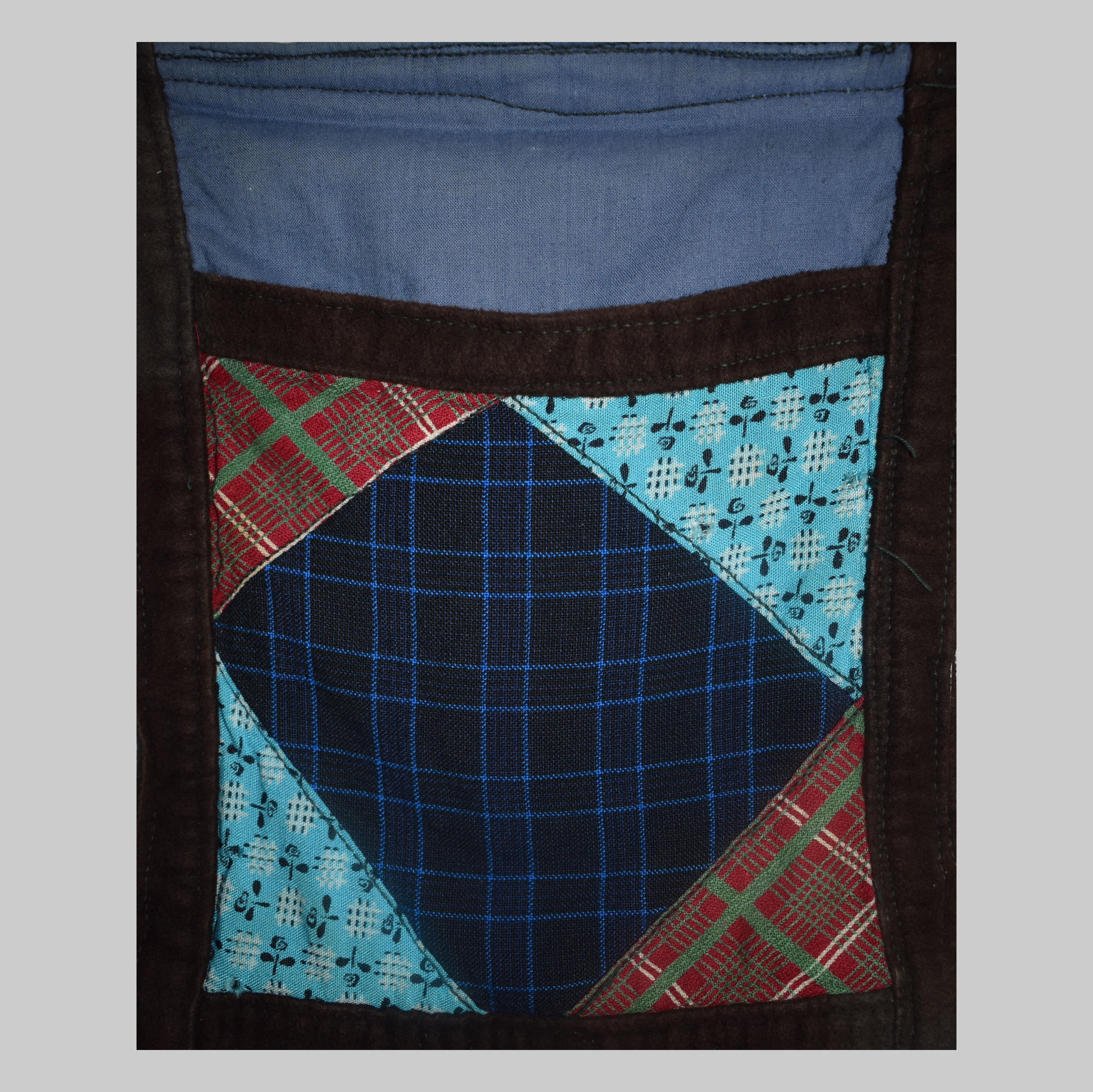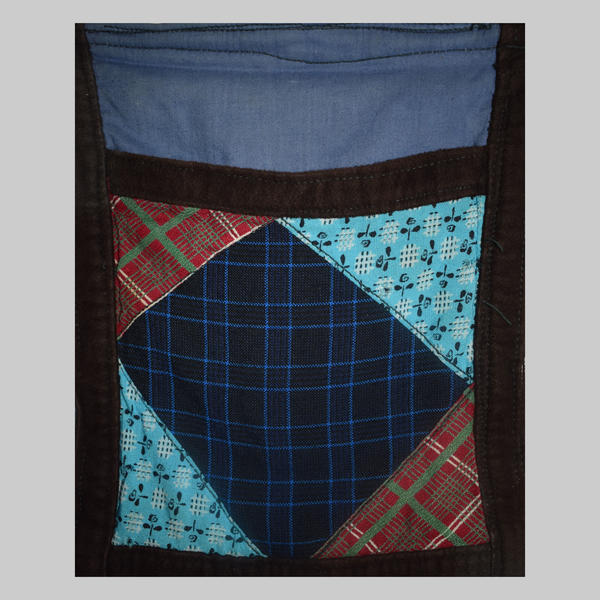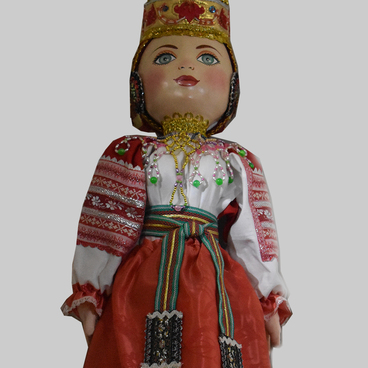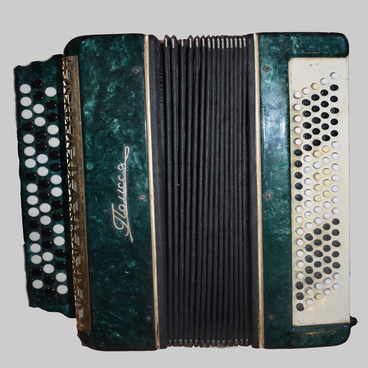The exhibit is an element of clothing of the Voronezh province residents. It was usually made of wool, nettle and hemp - a common plant in the back-soil regions of the country. The colors of the folk costume were selected not only for aesthetic reasons, but because each hue had a symbolism of its own. Clothes of the Voronezh province residents featured three main colors: black, white and red.
Black meant the earth and appeasement. Despite the fact that black was traditionally a mournful color for many peoples, the Voronezh peasants associated it with joy. Black fabrics were often used to make girls’ skirts, jackets and sarafans (sundresses). Festive clothes were decorated with black embroidery. Wedding dresses, men’s hats, belts and shoes were also black. When you look at these clothes you feel that their creators had a fine innate taste, boundless love for the earth, and they sought beauty in spite of their hard life.
White and red are among the main colors of Russian national clothing. White color symbolized purity, joy, renewal and victory of the spirit over the flesh; red meant beauty, love and fullness of life.
We can find other colors in the clothes of the Voronezh province residents - for example, yellow, blue, scarlet, pink and ultramarine. Each of them had a meaning of its own. Yellow symbolized separation, ultramarine - water and a clear sky, as well as innocence and fidelity. Blue fabrics were rarely used for making clothes, mainly just for finishing in the form of narrow stripes, squares and beads. As a rule, they were added to emphasize the brightness of the main red color, as the pure blue color was a symbol of rough weather and fear.
Scarlet and pink symbolized the morning dawn and the evening dust, usually they were found next to the green and blue details of the clothes. Then those colors ‘lit up’ as if the rising or the setting sun. Green color meant the flora: green grass in the meadows, plantings in the fields and vegetable gardens, the fragrant greenery of the gardens, as well as wealth, will, appeasement and hope for the best.
Costumes of various ethnic groups that inhabited Russia tell us about the peasant traditions and well as the culture and history of the country. Studying the national costume, we begin to better understand our ancestors, learn how they lived, what they rejoiced in and what they grieved about, and thus we return to our origins.
Black meant the earth and appeasement. Despite the fact that black was traditionally a mournful color for many peoples, the Voronezh peasants associated it with joy. Black fabrics were often used to make girls’ skirts, jackets and sarafans (sundresses). Festive clothes were decorated with black embroidery. Wedding dresses, men’s hats, belts and shoes were also black. When you look at these clothes you feel that their creators had a fine innate taste, boundless love for the earth, and they sought beauty in spite of their hard life.
White and red are among the main colors of Russian national clothing. White color symbolized purity, joy, renewal and victory of the spirit over the flesh; red meant beauty, love and fullness of life.
We can find other colors in the clothes of the Voronezh province residents - for example, yellow, blue, scarlet, pink and ultramarine. Each of them had a meaning of its own. Yellow symbolized separation, ultramarine - water and a clear sky, as well as innocence and fidelity. Blue fabrics were rarely used for making clothes, mainly just for finishing in the form of narrow stripes, squares and beads. As a rule, they were added to emphasize the brightness of the main red color, as the pure blue color was a symbol of rough weather and fear.
Scarlet and pink symbolized the morning dawn and the evening dust, usually they were found next to the green and blue details of the clothes. Then those colors ‘lit up’ as if the rising or the setting sun. Green color meant the flora: green grass in the meadows, plantings in the fields and vegetable gardens, the fragrant greenery of the gardens, as well as wealth, will, appeasement and hope for the best.
Costumes of various ethnic groups that inhabited Russia tell us about the peasant traditions and well as the culture and history of the country. Studying the national costume, we begin to better understand our ancestors, learn how they lived, what they rejoiced in and what they grieved about, and thus we return to our origins.



